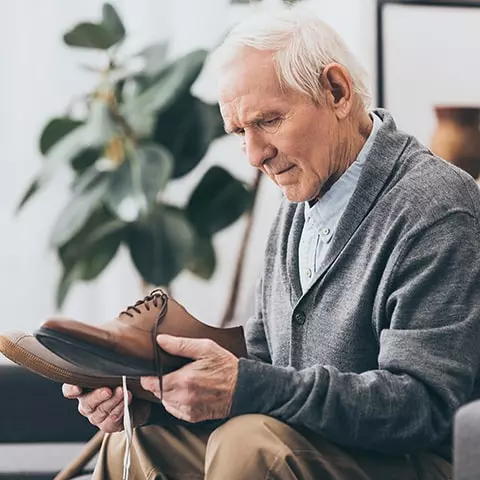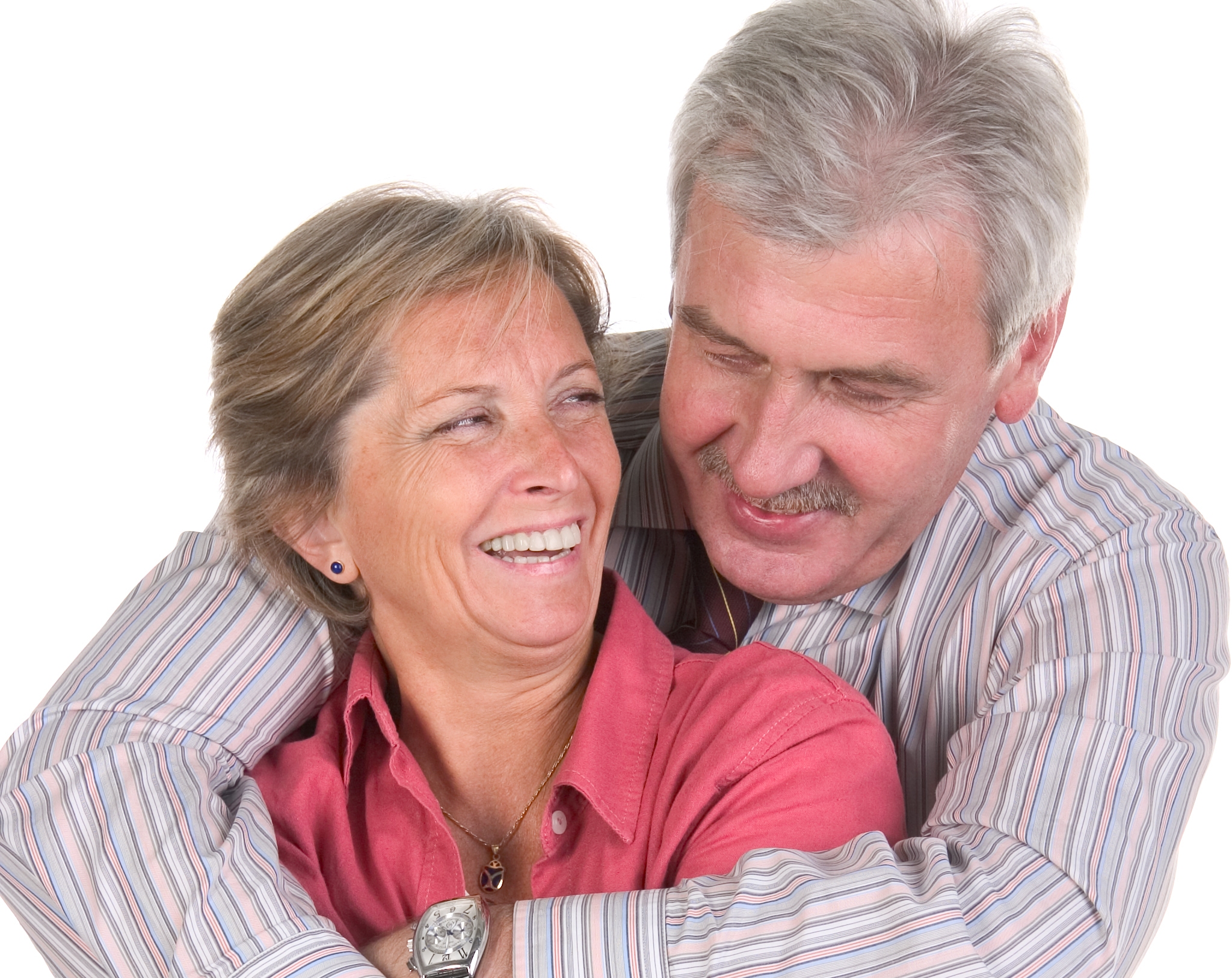.jpg)
Corns and calluses are common skin conditions that affect our feet, often causing discomfort and pain. These thickened areas of skin develop in response to repeated friction and pressure, and they can make even the simplest activities, like walking, painful. In this article, we'll delve into the world of corns and calluses, exploring their causes, symptoms, and effective strategies for managing and preventing them.
What are corns and calluses?
Corns and calluses are both types of hyperkeratosis, which refers to the thickening of the skin in response to pressure or friction. They are often found on the feet, although they can occur on the hands as well. While they have similarities, there are some key differences between the two:
Find YOUR ideal care home NOW!
- Corns: These are small, round areas of thickened skin with a central core. They are usually painful and can be found on the tops and sides of the toes or on the sole of the foot.
- Calluses: Calluses are larger, flat areas of thickened skin. They are typically not painful and can form on the soles of the feet, the palms of the hands, or other areas that experience repeated friction or pressure.
Causes of corns and calluses
Corns and calluses are primarily caused by:
- Ill-fitting footwear: Shoes that are too tight or have high heels can create pressure points on the feet, leading to the development of corns and calluses.
- Repetitive actions: Certain activities, such as running, walking, or playing musical instruments, can cause repeated friction and pressure on specific areas of the feet or hands.
- Abnormal foot structure: Deformities like bunions or hammertoes can increase the risk of corns and calluses.
Symptoms and discomfort
Corns and calluses are often associated with the following symptoms:
- Thickened, hardened skin in the affected area.
- Pain or discomfort, especially when pressure is applied.
- A raised bump or a rough, waxy surface.
Managing and Preventing Corns and Calluses
Effective management and prevention strategies include:
-
Proper footwear: Choose shoes that fit well and have adequate cushioning and support. Avoid tight, ill-fitting shoes.
-
Use of padding: Apply protective padding to cushion the affected areas and reduce friction.
-
Regular moisturizing: Keep your skin well-moisturized to prevent dryness and cracking.
-
Orthotic inserts: Consider orthotic shoe inserts to redistribute pressure and reduce friction.
-
Regular exfoliation: Gently exfoliate your feet to remove dead skin and reduce the risk of developing corns and calluses.
-
Consult a podiatrist: If you have recurring or painful corns and calluses, consult a podiatrist for professional treatment and guidance.
Best ways to manage corns and calluses
| Method | Benefit | Recommended For |
|---|---|---|
| Proper Footwear | Prevents excessive pressure and friction | People with frequent foot irritation |
| Padding | Protects the affected area and reduces pain | Individuals with painful corns |
| Moisturizing | Keeps skin soft and prevents cracking | Those with dry or hardened skin |
| Orthotic Inserts | Helps redistribute pressure on the foot | People with foot deformities like bunions |
| Regular Exfoliation | Removes dead skin buildup and prevents thickening | Anyone prone to corns and calluses |
In conclusion, corns and calluses are common skin conditions that develop due to friction and pressure. While they can be painful and disruptive, effective management and prevention strategies can help alleviate discomfort and promote healthier feet. By choosing appropriate footwear, using padding, moisturizing, and seeking professional guidance when necessary, you can maintain comfortable and pain-free feet.
FAQ:
1. What is the main difference between corns and calluses?
Corns are small, painful, and have a central core, while calluses are larger, flat, and usually painless.
2. What causes corns and calluses to develop?
They form due to repeated pressure or friction, often from ill-fitting shoes, foot deformities, or frequent walking.
3. Can corns and calluses go away on their own?
Mild cases may improve with reduced friction, but persistent corns and calluses may require proper footwear, exfoliation, or medical treatment.
4. How can I prevent corns and calluses from forming?
Wear properly fitting shoes, use padding, moisturize regularly, and avoid prolonged pressure on specific areas of your feet.
5. What are the best treatments for corns and calluses?
Padding, foot soaks, exfoliation, moisturizing, and wearing orthopedic shoes can help. Severe cases may require a podiatrist’s intervention.
6. Are there any home remedies for corns and calluses?
Soaking feet in warm water, using a pumice stone, and applying moisturizing creams can help reduce thickened skin.
7. When should I see a podiatrist for corns or calluses?
If they cause severe pain, become infected, or persist despite home treatments, consult a healthcare professional.
We are here to help you choose a care home or facility best suited to your needs. Do not hesitate to contact us on the following number: 0230 608 0055 or fill out this form.
Do you need a care home for yourself or your loved one?
Search for Care Homes by Region
| East Midlands | Eastern | Isle of Man |
| London | North East | North West |
| Northern Ireland | Scotland | South East |
| South West | Wales | West Midlands |
| Yorkshire and the Humber |
Share this article :
Latest posts
You are looking for an establishment for your loved one ?
Get availability & prices
Fill in this form and receive
all the essential information
We would like to inform you of the existence of the opposition list for telephone canvassing.






.jpg)




